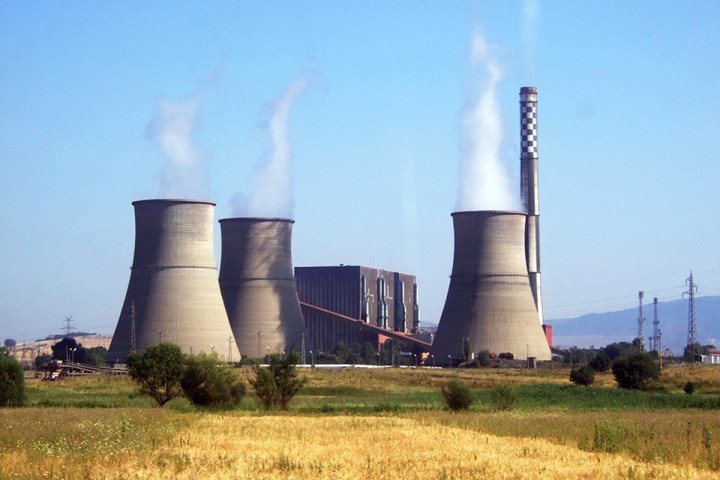
For years now, oil, coal, and natural gas producers have sought a means to capture and store emissions before they enter the atmosphere. That’s no easy task — but ExxonMobil thinks it may have found a way to reduce power plant pollution by teaming up with a fuel-cell developer, FuelCell Energy, to build a system that traps and stores carbon emissions, while generating electricity in the process.
This technology may not immediately save the planet, but it may help, since current attempts to curb carbon emissions aren’t particularly efficient. One common approach is to use amines (ammonia derivatives) to remove carbon from the exhaust that billows out of smokestacks, according to MIT Technology Review. The amine method may be effective, but it’s also expensive, demands additional electricity, and requires power plants to redirect much of their energy to carbon capture and storage.
Rather than amines, FuelCell Energy would employ carbonate fuel cells to trap, concentrate, and deliver carbon dioxide to a storage center. Where the amine-based solution uses a portion of the power plant’s energy, the carbonate fuel cell method actually produces more electricity.
Implementing the carbonate fuel cell method isn’t cheap though. The concentrated carbon transportation pipes and storage centers alone would cost power plants billions of dollars. Meanwhile, Exxon seems enthusiastic, but says its partnership with FuelCell will run for one to two years, in an effort to develop an efficient carbon capturing system. Once the companies reach certain milestones, they’ll begin testing their method in pilot projects before graduating to larger facilities.
The concept has plenty of promise, but don’t hold your breath for this tech to roll out. It’ll likely be a decade before this carbon capture system gets deployed in the real world — if it even happens at all, that is.


